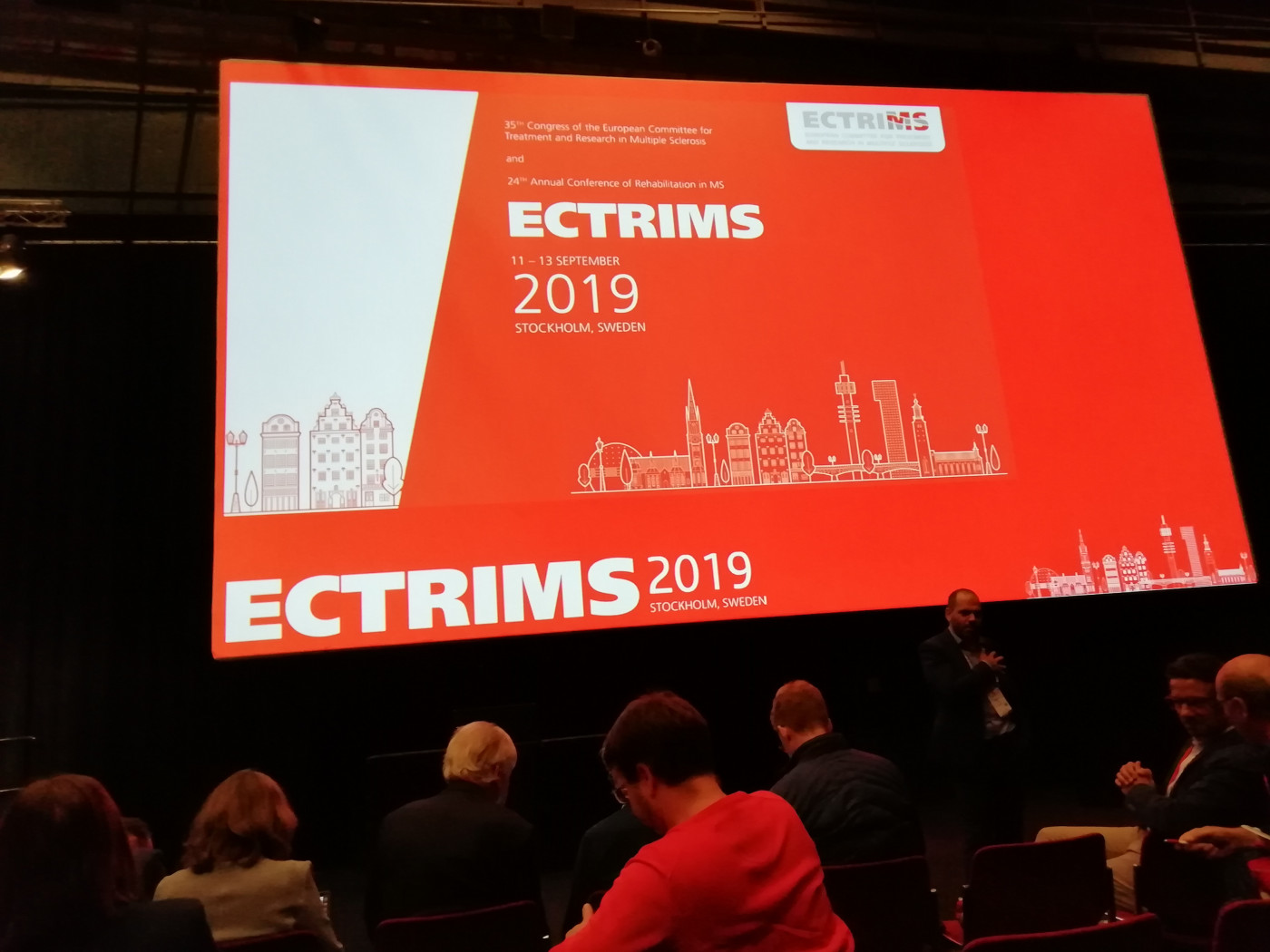#ECTRIMS2019 – Newer DMTs More Effective Than Older Injectables in Pediatric MS, Study Says

#ECTRIMS2019
Using newer disease-modifying therapies (DMTs) as an initial treatment for children and adolescents with multiple sclerosis (MS) or clinically isolated syndrome (CIS) is associated with fewer relapses and brain lesions compared to the use of older and injectable DMTs, according to a real-world study in the U.S.
The research, “Real-world effectiveness of initial treatment with newer versus injectable disease-modifying therapies in pediatric multiple sclerosis in the US,” was presented by Kristen Krysko, MD, with the University of California, San Francisco, at the 35th Congress of the European Committee for Treatment and Research in Multiple Sclerosis (ECTRIMS), that concluded Sept. 13 in Stockholm.
Treatment decisions in pediatric MS patients are challenging due to scarce effectiveness data and a lack of comparisons between DMTs in this patient population.
To address this gap, researchers compared the effectiveness of initial treatment with newer or with injectable DMTs in patients younger than 18 with MS or CIS. (CIS often precedes MS, and refers to a neurologic episode lasting 24 hours or more and characterized by inflammation and loss of myelin, the protective layer of nerve fibers.)
The children were followed at 12 clinics within the U.S. Network of Pediatric Multiple Sclerosis Centers.
Newer therapies included Novartis’ Gilenya (fingolimod), Biogen’s Tecfidera (dimethyl fumarate) and Tysabri (natalizumab), Sanofi Genzyme’s Aubagio (teriflunomide), Genentech’s Ocrevus (ocrelizumab), and the off-label MS therapy rituximab, which is approved to treat various types of blood cancer and sold as Rituxan by Genentech and Biogen in the U.S., and as MabThera by Roche in Europe.
The older and injectable DMTs examined were glatiramer acetate — marketed as Copaxone by Teva Pharmaceuticals, with generic versions available — and interferon beta formulations, which include Biogen’s Avonex and EMD Serono’s Rebif, Bayer’s Betaseron, and Novartis’ Extavia.
The analysis accounted for potential differences in sex, height, weight, ethnicity/race, site, age at onset, first DMT used, first event characteristics, and diagnosis, as well as baseline Expanded Disability Status Scale (EDSS) scores, and new gadolinium enhancing T1 lesions — areas of active inflammation and disease activity — new/enlarging T2 hyperintense lesions, and number of relapses within the last six months.
Among the 741 children (66% girls, 15% with CIS) who started on a DMT, 197 used a newer therapy and 544 an injectable one. Those on a newer DMT were older at disease onset (mean age of 14.3, and of 13.4 in the injectable group) and older at treatment start (15.2 vs. 14.4 years old). They were also less likely to have a monofocal (localized) first event (37% vs. 55%), and more likely to have MS (87% vs. 79%).
The number of recent relapses (in the prior six months) was slightly lower in those started on newer DMTs (0.8 vs 1.0). Patients in these two groups did not differ in terms of first event severity or EDSS scores.
A subsequent analysis found significantly lower rates of relapses and fewer brain lesions in those who started on a newer DMT compared to children taking an injectable DMT.
Results showed that “initial treatment of pediatric MS/CIS with newer DMTs led to better disease activity control compared to injectables,” supporting “greater effectiveness of newer therapies,” Krysko said.
But, he added, “long-term safety data for newer DMTs are required” to understand if this approach is safe in pediatric patients.
The study was funded by the National MS Society.






